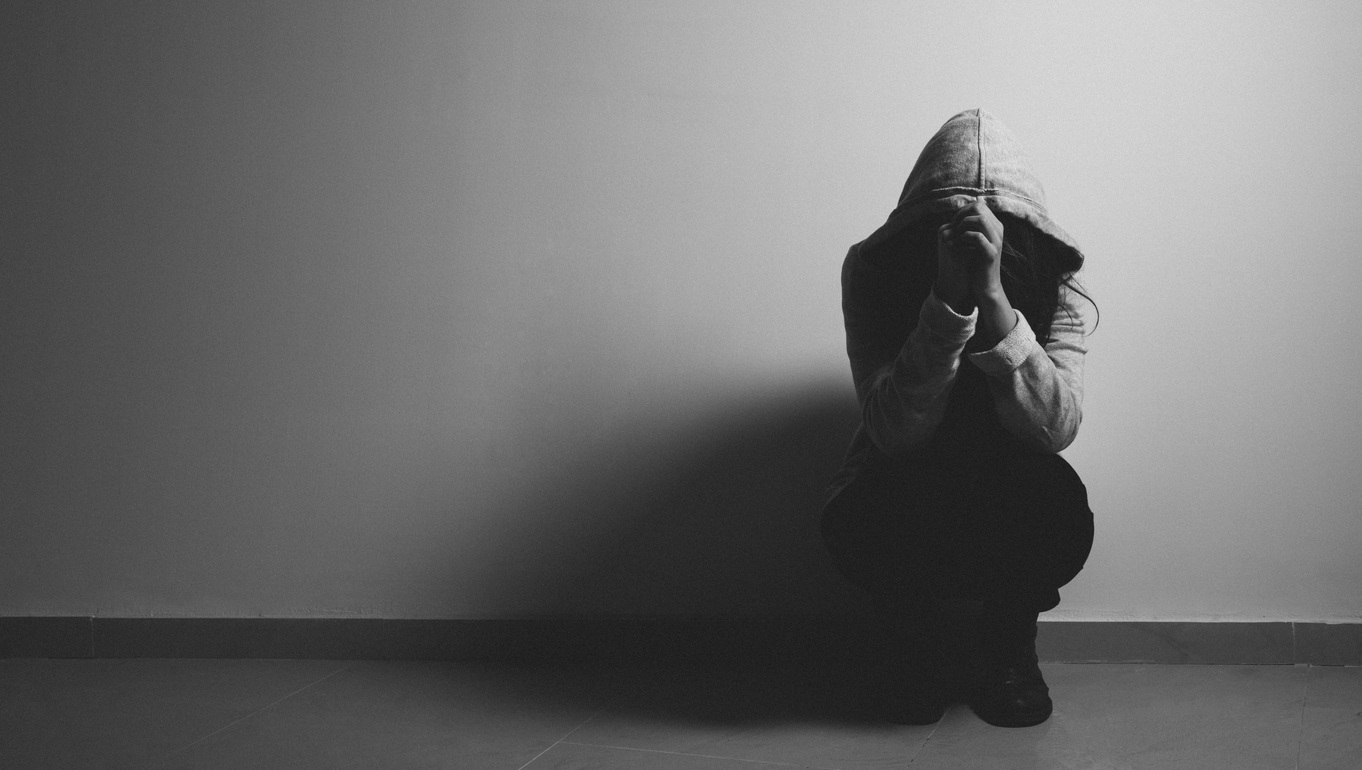Period Poverty in U.S. High Schools
Resources around menstruation can serve as a barrier to equal access to education. Learn more about period poverty and how it impacts students around the country.

Here at XQ, we all know how crucial education is to individuals, societies, and the world. It’s why we’re committed to rethinking high school across America. As we know, the root issues of access and equity often extend beyond the classroom. And in this case, resources around menstruation can serve as a barrier to equal access to education. This is where period poverty comes into play.
We often hear about period poverty, the lack of access to menstrual hygiene products, care and support, in the context of developing countries. But according to a new study, State of the Period, a significant number of teens in the United States who menstruate face similar issues. An analysis of 1,000 teens aged 13 to 19 revealed that lack of access to menstrual hygiene products and supportive care resulted in missed class time, emotional anxiety, and long-term health repercussions. The data also shows that schools and teachers can play an important role in removing barriers and perceptions of shame surrounding periods.
By the numbers:
*From the report
Access:
- 25% of teens have missed class because of lack of access to period products
- 20% of teens have struggled to afford period products or were not able to purchase them at all
- 84% of teens have either missed class time or know someone who has missed class time because they did not have access to period products
Shame:
- 65% of teens believe society teaches people to be ashamed of their periods
- 71% feel self-conscious on their period
- 69% feel embarrassed when they have to bring period products to the bathroom
- 51% of students feel like their school does not care about them if they do not provide free period products in their bathroom
Education:
- 76% think we are taught more about the biology of frogs than the biology of the human female body
- 79% feel that they need more in-depth education around menstrual health
- 51% have missed at least part of a class or class period due to menstruation symptoms such as cramps
What’s being done, some highlights:
- Starting in 2016 the New York City council voted to provide free menstrual hygiene products in public schools
- California and Illinois both require schools with high percentages of low-income students to offer free menstrual hygiene products
- Efforts are underway to pass new legislation at the federal level to increase access to menstrual hygiene products, care, and education.
- Youth are leading the charge. Amika George founded Free Periods, a campaign to end period poverty worldwide.
What you can do:
Menstrual equity is a crucial cornerstone of educational equity. Fortunately, there are some inspiring people and organizations out there committed to changing the status quo on this issue. Check out these organizations and resources for more on how to build a culture in which people with periods to achieve their full potential, in the U.S. and around the world.
- Period. The Menstrual Movement
- Watch: Period. End of Sentence
- Read the full report: State of the Period
- Check out the podcast from these middle schoolers, Sssh! Periods
- Get involved with the Free Periods campaign
Is your school doing something to end period poverty? Email [email protected] with any questions or stories, and share on social by tagging @XQAmerica and #ReThinkHighSchool.









